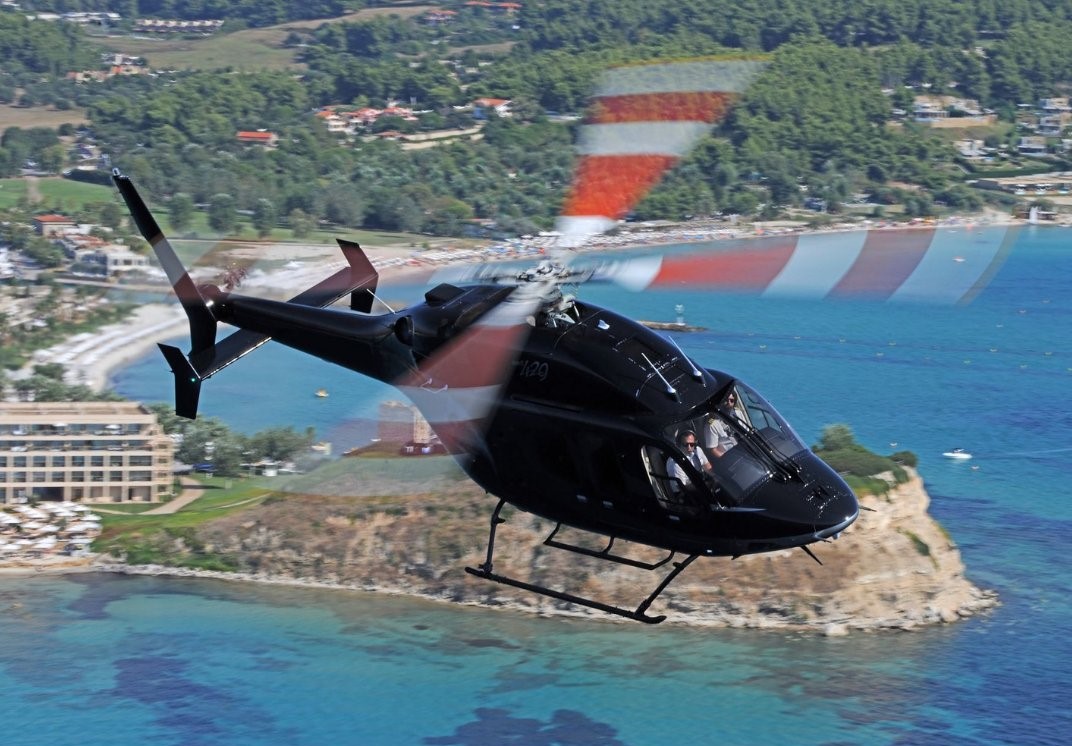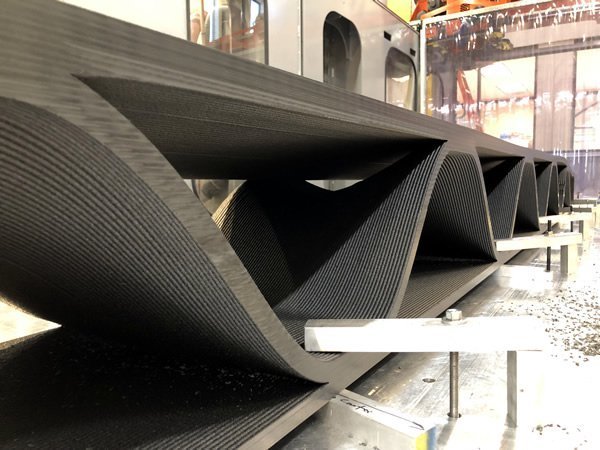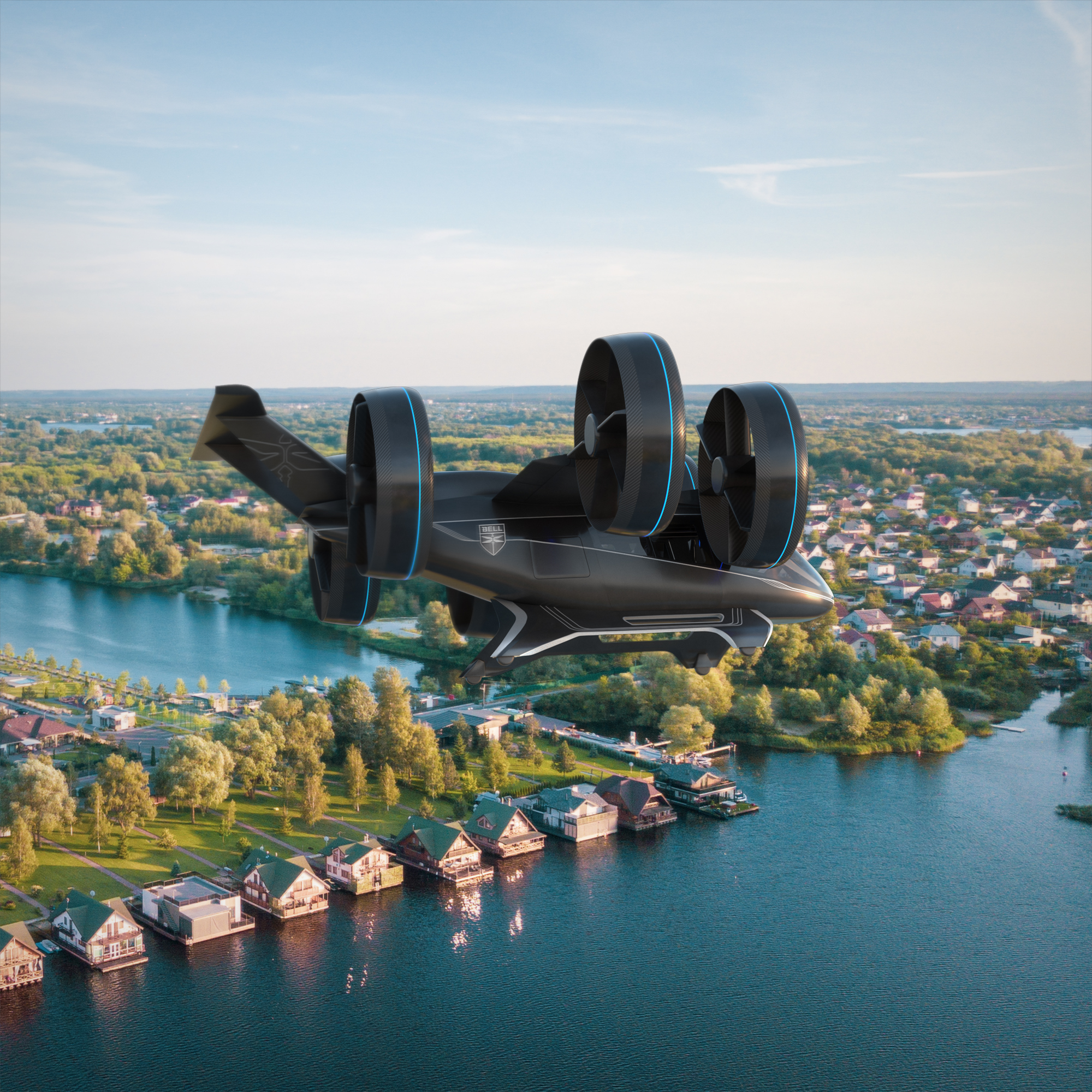Indiana’s Thermwood Corporation has used it’s Large Scale Additive Manufacturing (LSAM) technology to 3D print what is believed to be the largest autoclave capable tool ever made. It was produced for American aerospace manufacturer Bell Helicopter Textron Inc.
The tool, capable of distributing elevated temperatures and pressures in an enclosed chamber, will be used by Bell to mold and develop blades for its helicopters.
The program was instigated when Bell contacted Thermwood to help overcome expensive and long-lead times for tooling in aerospace development programs. Thermwood, an expert in large-scale additive manufacturing solutions, realized its LSAM 60mm melt core technology can help to quickly manufacture affordable large bond tooling.
Glen Isbell, Vice President of Rapid Prototyping and Manufacturing Innovation at Bell, stated “Thermwood’s aggressive approach to pushing the boundaries and limitations of traditional 3D printing and machining is exactly what we are looking for.”

Thermwood’s Changeable Melt Core technology
Thermwood printed the tool using TechmerPM’s 25% Carbon Fiber reinforced Polyethersulfone (PESU). Techmer, a materials design company, worked with Thermwood to specifically formulate the material for LSAM additive printing. The tool was printed in one continuous run, a key requirement from Bell to ensure vacuum integrity.
Another requirement from Bell was that the tooling must be able to withstand common aerospace component cure cycles of up to 360°F, at 90 psi. The material provided by Techmer is able to endure these conditions, with a Glass Transition Temperature of over 400°F.
One tool half was 3D printed in 3 hours 8 minutes, weighing at 542 pounds. It was manufactured using a new, larger melt core installed on Thermwood’s LSAM system at its Development/Demonstration Lab in Southern Indiana. LSAM’s machine print head allows for Changeable Melt Cores (CMC) with varying capacities.
“This is a game changer,” said James Cordell, Manager of Manufacturing Innovation at Bell. “Being able to print, machine, and utilize tooling in weeks in lieu of months will revolutionize the way we look at tooling going forward.”
The 60mm melt core has a measured maximum output of 480 to 570 pounds per hour (depending on the polymer being printed) and can 3D print over 100 feet of typical print bead (.830” x .200”) per minute. As well as allowing the tool to be manufactured rapidly, the print rate also enabled the print bead to be orientated along the length of the tool, which helped to reduce thermal expansion.
Thermwood’s “Continuous Cooling” print process means the cycle time for each layer is determined by the cooling time of the polymer used, before moving to the next layer. This creates a totally fused, void-free printed structure that will maintain vacuum in an autoclave without a coating.
“We are extremely excited about this extraordinary achievement,” concluded Ken Susnjara, Founder, Chairman and CEO of Thermwood.
“This raises additive manufacturing to a new level, opening opportunities only dreamed of a few years ago.”

Large-scale Additive Manufacturing
Based in the U.S., Thermwood is a CNC machinery manufacturer that launched its line of LSAM 3D printers to the market in 2016.
Thermwood believe that recent advances in its LSAM process, such as Vertical Layer Printing (VLP) and CMC technology, have opened new possibilities for large-scale additive manufacturing.
It has recently showcased its VLP technology to 3D print a 12 foot long Boeing 777x trim tool, which took 43 hours and 20 minutes to print.
Thermwood has previously collaborated with Techmer on large-scale additive production projects as well. The two companies worked together to 3D print a 3,000 lb (1,363 kg) pattern for the hull of a fiberglass motorboat. Both have also collaborated on developing an oil drip pan for a Chinook, Boeing Vertol’s twin engine helicopter.
Elsewhere, Bell has also unveiled a full-scale design of the Bell Nexus at CES 2019. An air taxi vehicle, the future concept is looking to push forward urban air travel to the masses.

Impressed by Thermwood’s application of large-scale additive manufacturing? Nominate this process and more for the upcoming 3D Printing Industry Awards 2019.
Want the latest 3D printing news? Subscribe to the 3D Printing Industry newsletter, follow us on Twitter and like us on Facebook.
Looking for a fresh start this year? Visit 3D Printing Jobs to commence your career in additive manufacturing.
Featured image shows 3D printed internal support structures. Photo via Thermwood.


